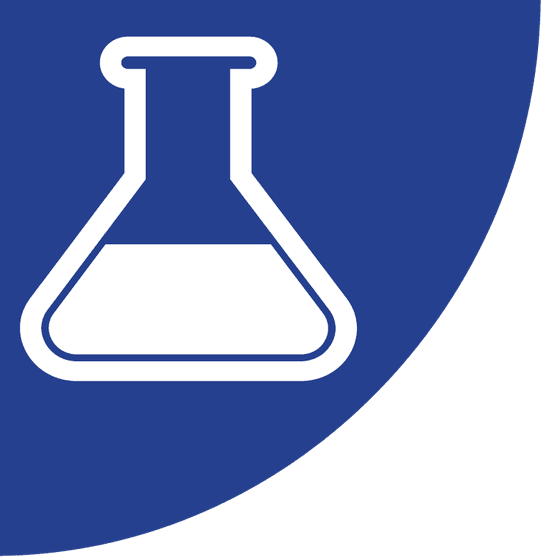IARC Classifies Six Substances
A working group of experts affiliated with the International Agency for Research on Cancer has classified isobutyl nitrite, methyl acrylate, ethyl acrylate, 2-ethylhexyl acrylate, and technical-grade trimethylolpropane triacrylate as “possibly carcinogenic to humans.” These substances are given the designation “Group 2B” in IARC’s classification system for carcinogens. A sixth substance, β-picoline, was determined to be in Group 3, “not classifiable as to its carcinogenicity to humans.”
The four acrylates are produced worldwide in high volumes, according to IARC. Methyl acrylate is used in the production of acrylic fibers, fire-retardant fabrics, coatings, adhesives, and prostheses. Ethyl acrylate is used in the production of water-based paints, resins, plastics, and synthetic rubber, and styrene-based polymers, which have medical and dental applications. 2-ethylhexyl acrylate plays a role in the production of resins for pressure-sensitive adhesives, latex paints, and other finishes and coatings. Technical-grade trimethylolpropane triacrylate, also known as TMPTA, is used in paint additives, coatings, and adhesives.
For the four acrylates, occupational exposures through inhalation and dermal routes to workers involved in their production are the main concern for health and safety professionals. The general population can also be exposed to TMPTA through use of products such as paints and polishes.
The primary human exposure to isobutyl nitrite is as a recreational drug, according to IARC.
β-picoline factors into the production of pesticides and pharmaceuticals. It is also used as a solvent.
News of the working group’s determination is available from
The Lancet Oncology
(free registration required). Full evaluations will be published in volume 122 of IARC’s Monograph Series.
NEWSWATCH

CHEMICAL AND MATERIAL HAZARDS

